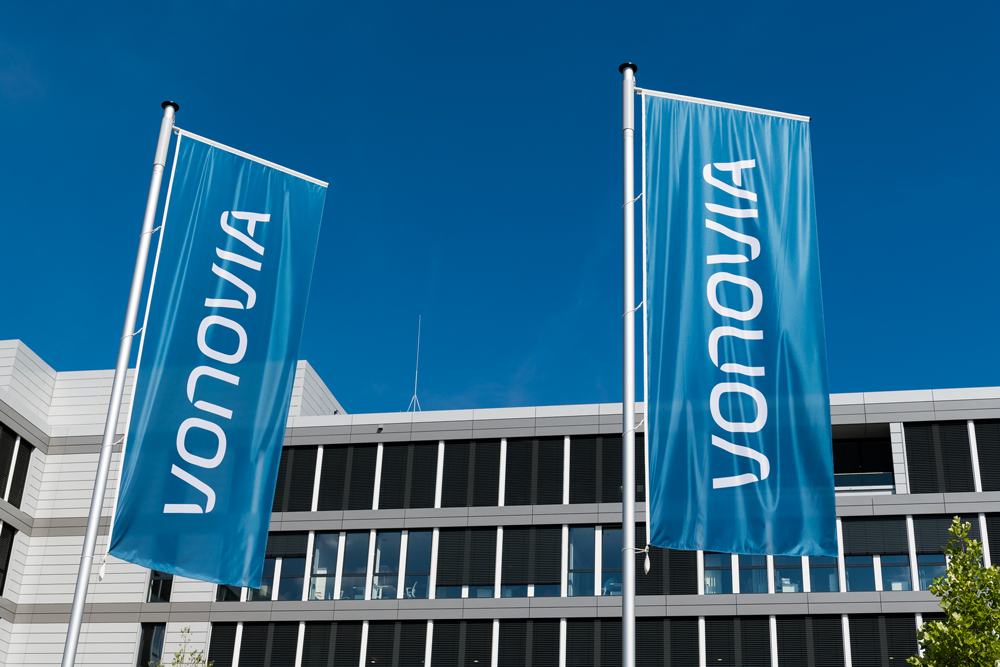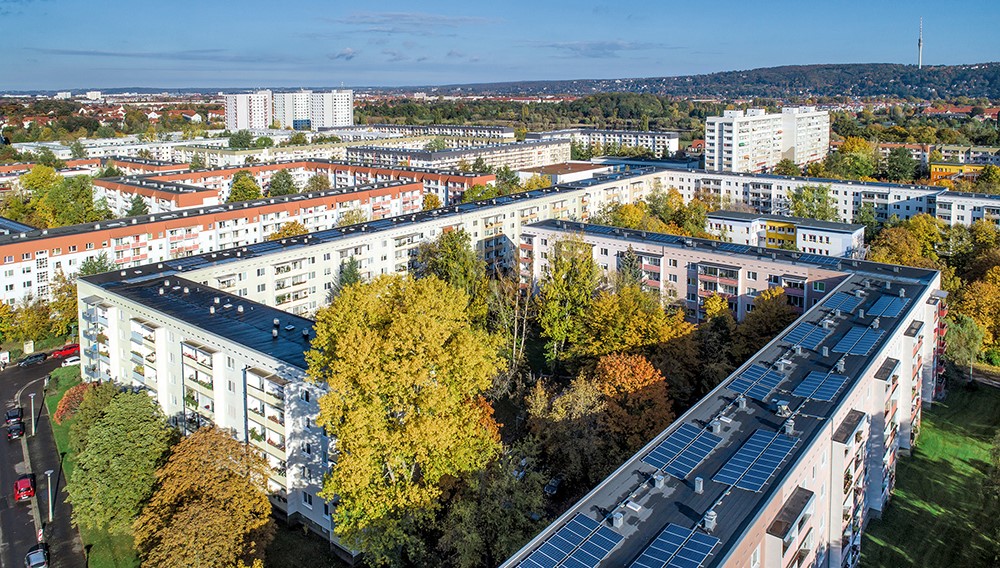Financing Environment
As in the previous year, economic activity in 2021 was dominated by the coronavirus pandemic. Measures to open sectors up and close them down, new vaccines, new mutations and new waves of infections confronted the general public, policymakers and the business world with an ever-changing overall environment. Local outbreaks and quarantine measures disrupted global trade and exacerbated global bottlenecks. While the shortage of primary products, in particular, paralyzed the global industrial recovery, the disruptions affecting industrial production were countered by sustained high demand for industrial products. This has resulted in substantial price increases, especially for intermediate goods.
The consensus based on the forecasts collected by Bloomberg is that the global economy will have grown by 5.9% in 2021 as a whole. Growth of 4.5% is expected for 2022.
In response to the spread of the coronavirus and in a quest to stabilize the financing markets, the European Central Bank (“ECB”) had launched the Pandemic Emergency Purchase Programme (“PEPP”) in March of 2020 as a special monetary policy measure. At the last ECB meeting held in December 2021, the Governing Council decided that net purchases under the PEPP were to be lower in the first quarter of 2022 than in the fourth quarter of 2021, and would ultimately be phased out by the end of March 2022.
By contrast, purchases under the Asset Purchase Programme (“APP”) introduced back in 2015 are to be temporarily increased. The ECB plans to increase the monthly APP purchase volume from the current level of € 20 billion to € 40 billion in the second quarter of 2022 and then reduce it again to € 30 billion in the third quarter. From October 2022 onwards, the net purchase volume is to return to € 20 billion.
The ECB remains committed to its expansive monetary policy in a quest to remain flexible and have a certain degree of leeway with regard to the medium-term inflation target of 2%. In the euro area, consumer prices rose by 4.9% year-on-year in November – the highest rate of inflation witnessed since the creation of the single currency area. This inflation is being driven primarily by the marked increase in the price of gasoline, gas and electricity.
The deposit rate in the euro area has been unchanged at -0.5% since September 2019, while the main refinancing rate is 0.0%.
The yield on ten-year German Federal bonds fluctuated in 2021 and has been languishing in negative territory since May 2019.
In December 2021, the U.S. Federal Reserve System (“FED”), the world’s largest central bank, signaled that it would be tightening the monetary policy reins. This sees the FED accelerate its break with extremely loose monetary policy in response to high inflation. The economic stimulus programs (“tapering”) will be ended – asset purchases are now to be wound down quickly. Back in November, securities worth USD 105 billion were still being purchased; in December, the figure was to have been slashed to USD 90 billion, with only USD 60 billion being purchased as of January 2022. This means that the program could expire in March, which is a prerequisite for a potential interest rate hike. While central banks have signaled several increases in the key interest rate for 2022 and the following year, the key rate, which has been stuck in an extremely low range of 0.00% to 0.25% since March 2020, has not changed as yet.
In December, the Bank of England took the markets by surprise by raising its key interest rate from 0.15% to 0.25%. This makes it one of the first central banks in Europe, and the first major central bank overall, to take this step. The move was triggered by the rate of inflation in the United Kingdom, which recently rose to more than 5%.
Vonovia’s Public Bond Issue Volume Per Year (EUR bond)
One of the World’s Biggest Capital Market Issuers
The rating agency Standard & Poor’s has assigned Vonovia SE a long-term corporate credit rating of BBB+ and a short-term credit rating of A-2. Thanks to the successful capital increase of around € 8 billion, the associated stable capital resources and the further reduction in risk resulting from the takeover of Deutsche Wohnen, S&P has raised its outlook from stable to positive.
The Berlin-based Scope Group has also issued Vonovia SE a rating of A- with a stable outlook.
In May 2021, Moody’s became the third rating agency to publish a rating for Vonovia for the first time. Its initial rating is A3 in the investment grade range, with a stable outlook.
Spread Development (in Basis Points)
Vonovia’s first-class credit rating continues to give the company unrestricted access to the international capital markets.
With an issue volume of € 11.1 billion (2020: € 3.9 billion), Vonovia (incl. Deutsche Wohnen) ranks among the top 5 euro-investment grade issuers in 2021 based on analyses performed by Dealogic (2020: top 20 euro-investment grade issuers). The volume-weighted average interest cost of the new bonds in 2021 comes to 0.63% (2020: 1.28% p.a.) with a weighted average maturity of 10.9 years (2020: 10.7 years). In 2021, Vonovia once again made active use of the difficult market environment to further optimize its capital structure.
Successful Financing Measures in 2021
Vonovia was able to demonstrate its professionalism and expertise in 2021 with acquisition financing in the amount of € 22.4 billion for Deutsche Wohnen, the largest ever financing arrangement seen in the German real estate industry. In order to ensure rating neutrality, the core element of the company’s M&A philosophy, two bond takeouts were implemented in June and August 2021. The two bond transactions were the largest seen in the real estate sector anywhere in the world to date; the most recent, in particular, had a duration of 10.3 years and an average coupon of 0.49% and was also the first 30-year bond issued by a European real estate company
Vonovia made use of the capital market five times in 2021:
- A new bond with a volume of € 500 million and a term of 20 years had already been issued at the end of January 2021.
- March saw Vonovia issue its first few green bonds in the amount of € 600 million with a term of 10 years.
- Another bond with 5 tranches and a total volume of € 4 billion was issued in June. The terms were between 3 and 20 years.
- In August, another bond with a total volume of € 5 billion was issued in 5 tranches with terms of between 2 and 30 years.



